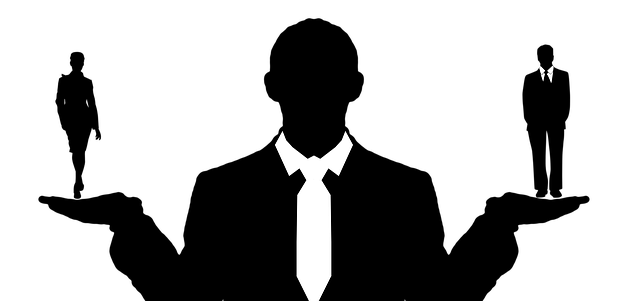Businesses facing cash flow constraints can choose between purchase order (PO) financing and invoice factoring. PO financing provides immediate funding against future inventory sales, ideal for companies with recurring clients and extended payment terms. Invoice factoring, on the other hand, offers quicker liquidity by selling accounts receivable to a third-party factor, but at potentially higher costs. The optimal strategy depends on understanding your business's needs, cash flow dynamics, and customer payment timelines—balancing funding speed against cost-effectiveness.
In today’s fast-paced business landscape, efficient cash flow management is crucial for growth. Two popular methods gaining traction are Purchase Order (PO) Financing and Invoice Factoring – each with its own set of pros and cons. This article delves into these financing options, offering a comprehensive guide for businesses navigating their cash flow challenges. By understanding the definitions, operations, and real-world applications of PO Financing and Invoice Factoring, you’ll be equipped to make an informed decision between these two powerful tools tailored to your business needs.
- Understanding PO Financing and Invoice Factoring
- – Definition of each
- – How they work in business operations
Understanding PO Financing and Invoice Factoring

Purchase Order (PO) financing and Invoice Factoring are two distinct financial strategies that businesses use to manage cash flow and accelerate payment for goods or services. PO financing involves funding a purchase order issued by a customer, essentially providing a loan against the future sale of inventory. This method is popular among suppliers who deal with long-term or recurring clients as it offers a predictable revenue stream and can help in managing working capital efficiently.
On the other hand, Invoice Factoring is a process where a business sells its invoices (or accounts receivable) to a third-party factor at a discount. The factor then collects the full amount from the customer, taking over the debt collection process. This option appeals to companies seeking quick access to cash, especially those with lengthy payment terms or an uncertain customer base. Comparing PO financing and factoring, one key difference lies in the timing of cash flow improvement; PO financing provides immediate funding linked to a specific purchase order, while Invoice Factoring offers quicker liquidity but on a more general basis, as it deals with outstanding invoices rather than a single transaction.
– Definition of each

Purchase Order (PO) Financing vs Invoice Factoring:
Purchase Order financing and Invoice Factoring are two distinct financial tools that businesses use to manage their cash flow, each with its unique approach to enhancing liquidity. PO financing involves securing funding against outstanding purchase orders from customers. It provides working capital by advancing the value of pending sales orders, allowing businesses to receive money faster. On the other hand, invoice factoring is a process where companies sell their accounts receivable (invoices) to a third-party factor for immediate cash. This method offers quick access to funds by shifting the debt from customers to the factoring company.
The key differences lie in their focus and application. PO financing targets businesses with strong sales orders, helping them manage inventory and production. It’s ideal for companies dealing with large purchase orders and lengthy payment terms. Invoice factoring, however, caters to those seeking immediate cash flow by converting outstanding invoices into quick cash, making it suitable for smaller businesses or those with less predictable cash flows. When comparing PO financing versus factoring, understanding your business needs, cash flow patterns, and the time frame for payment is essential to make an informed choice between these two financial strategies.
– How they work in business operations

Purchase Order (PO) financing and Invoice Factoring are two distinct financial strategies that support businesses in their operations, each with its unique approach. PO financing involves securing a loan against an upcoming invoice, allowing companies to gain immediate access to cash flow. This method is particularly beneficial for businesses dealing with lengthy payment terms or large-value orders, as it ensures funding before the actual invoice is due. By providing funds upfront, PO financing can alleviate cash flow constraints and support operational needs.
On the other hand, Invoice Factoring offers a different approach where a business sells its invoices to a third-party factor at a discount. The factor then collects the full amount from the debtor, minus the agreed-upon discount. This method is ideal for companies seeking immediate relief from accounts receivable and those with inconsistent cash flow. Compared to PO financing, factoring provides faster access to funds but may involve higher costs due to fees and discounts. Understanding these differences is crucial when deciding between PO financing or factoring for optimal business operations.






